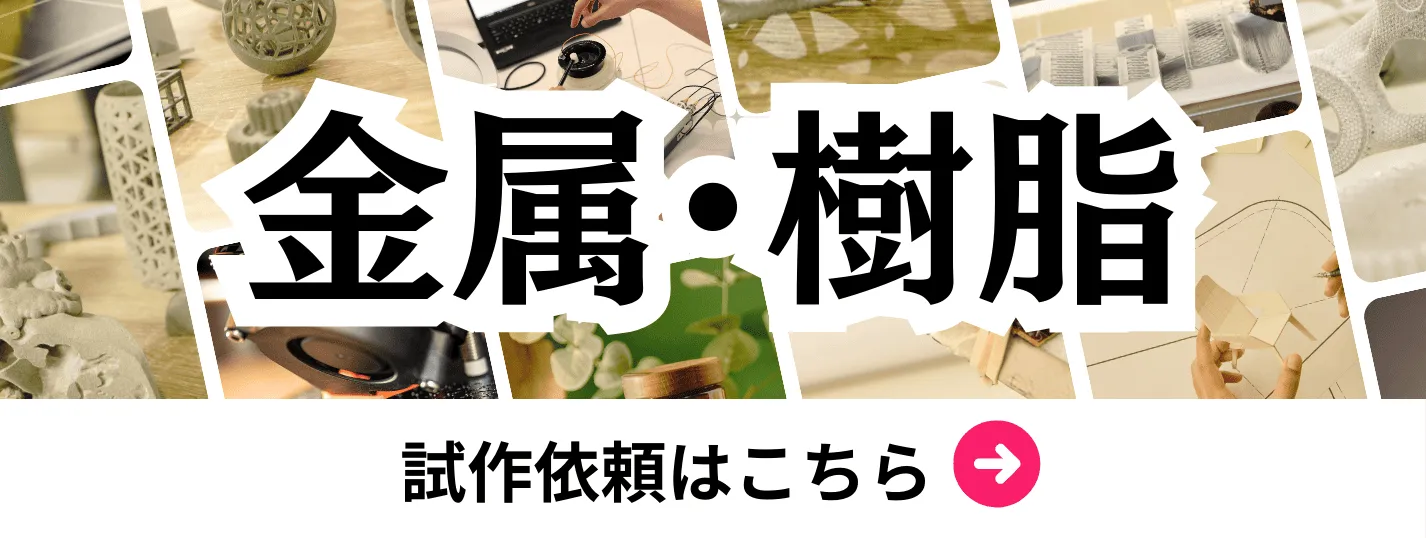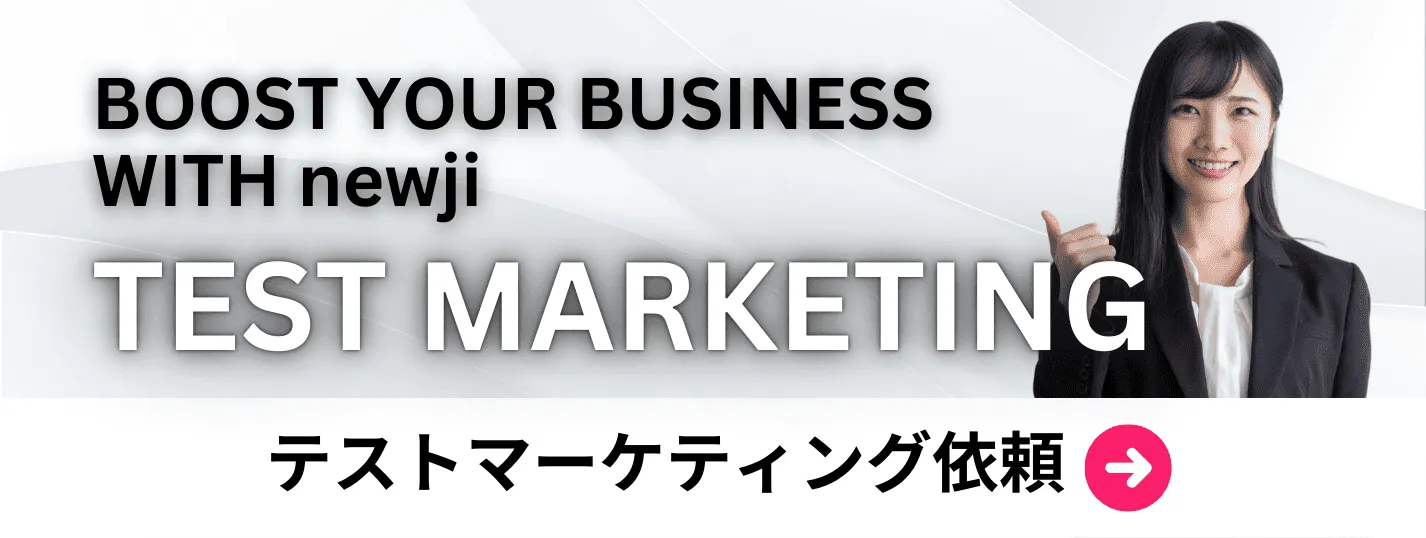- お役立ち記事
- Fundamentals of machine design, prevention of design and drawing errors, and key points
月間76,176名の
製造業ご担当者様が閲覧しています*
*2025年3月31日現在のGoogle Analyticsのデータより

Fundamentals of machine design, prevention of design and drawing errors, and key points

目次
Understanding the Basics of Machine Design
Machine design is a crucial part of engineering that involves creating new machines or improving existing ones.
The goal is to make machines that meet specific needs, are safe to use, and are economical to produce.
A deep understanding of basic principles is essential for successful machine design.
Key Elements in Machine Design
Several fundamental elements come into play when designing a machine.
Firstly, function is paramount — the machine must perform its intended task effectively.
Performance specifications define how well the machine needs to function under various conditions.
Another vital factor is the material selection, which affects everything from strength and durability to cost and manufacturability.
Choosing the right materials ensures that the machine can withstand its operational environment without failure.
Additionally, cost considerations are always a part of the design process.
Engineers strive to create cost-effective solutions without compromising on quality or performance.
Ergonomics and safety are also essential.
Designs must consider the end user’s needs and safety to prevent misuse and accidents.
Preventing Design and Drawing Errors
Avoiding errors in machine design and drawing is crucial to ensure efficiency and prevent costly mistakes.
Errors in design can lead to increased production costs, machinery malfunction, and even accidents.
Common Design Errors
One common error is inadequate requirement analysis, leading to designs that don’t fully meet the project needs.
This issue often arises from poor communication between the design team and the stakeholders.
Another frequent error is overcomplicating the design.
Simpler designs are generally more reliable and easier to manufacture and maintain.
Neglecting the impact of environmental conditions is another pitfall.
Designs that overlook temperature, humidity, or exposure to chemicals may fail unexpectedly.
Also, failing to conduct comprehensive risk assessments can result in unforeseen failures.
Every design should account for potential risks and incorporate adequate safety measures.
Strategies to Avoid Errors
To minimize errors, it’s important to follow a methodical approach.
Starting with thorough research and requirement analysis helps create a strong foundation.
Regular design reviews are invaluable.
These reviews should involve cross-disciplinary teams to catch errors from different perspectives.
Using advanced simulation software is also beneficial.
These tools help visualize how the machine will work under real-world conditions, identifying potential flaws before production begins.
Documentation plays a critical role in preventing errors.
Detailed documentation of each design phase ensures that information is clearly communicated and that there is a record for future reference.
Key Points in Effective Machine Design
Effective machine design balances technical requirements with practical constraints.
Here are some key points to keep in mind:
Adaptability and Scalability
Machines should be designed with future modifications in mind.
This concept of adaptability ensures that they can be updated or scaled without complete redesign.
Reliability and Durability
Long-term reliability is a sign of a well-designed machine.
Selecting robust materials and employing efficient manufacturing processes can enhance durability.
Ease of Maintenance
Designs should consider ease of maintenance.
Machines that require minimal downtime for repair or parts replacement are more appealing in industrial settings.
Energy Efficiency
With growing environmental concerns, energy-efficient machines are highly sought after.
Designs that minimize energy use without compromising performance can provide significant cost savings over time.
Innovation and Creativity
Finally, incorporating innovative ideas can set your design apart.
However, innovation should always be balanced with practicality to ensure feasibility and economic viability.
In conclusion, mastering the fundamentals of machine design and understanding ways to prevent errors can lead to the creation of innovative, reliable, and safe machines.
By applying the principles mentioned, engineers can contribute significantly to advancements in technology and industry.
 資料ダウンロード
資料ダウンロード
QCD管理受発注クラウド「newji」は、受発注部門で必要なQCD管理全てを備えた、現場特化型兼クラウド型の今世紀最高の受発注管理システムとなります。
 ユーザー登録
ユーザー登録
受発注業務の効率化だけでなく、システムを導入することで、コスト削減や製品・資材のステータス可視化のほか、属人化していた受発注情報の共有化による内部不正防止や統制にも役立ちます。
 NEWJI DX
NEWJI DX
製造業に特化したデジタルトランスフォーメーション(DX)の実現を目指す請負開発型のコンサルティングサービスです。AI、iPaaS、および先端の技術を駆使して、製造プロセスの効率化、業務効率化、チームワーク強化、コスト削減、品質向上を実現します。このサービスは、製造業の課題を深く理解し、それに対する最適なデジタルソリューションを提供することで、企業が持続的な成長とイノベーションを達成できるようサポートします。
 製造業ニュース解説
製造業ニュース解説
製造業、主に購買・調達部門にお勤めの方々に向けた情報を配信しております。
新任の方やベテランの方、管理職を対象とした幅広いコンテンツをご用意しております。
 お問い合わせ
お問い合わせ
コストダウンが利益に直結する術だと理解していても、なかなか前に進めることができない状況。そんな時は、newjiのコストダウン自動化機能で大きく利益貢献しよう!
(β版非公開)









